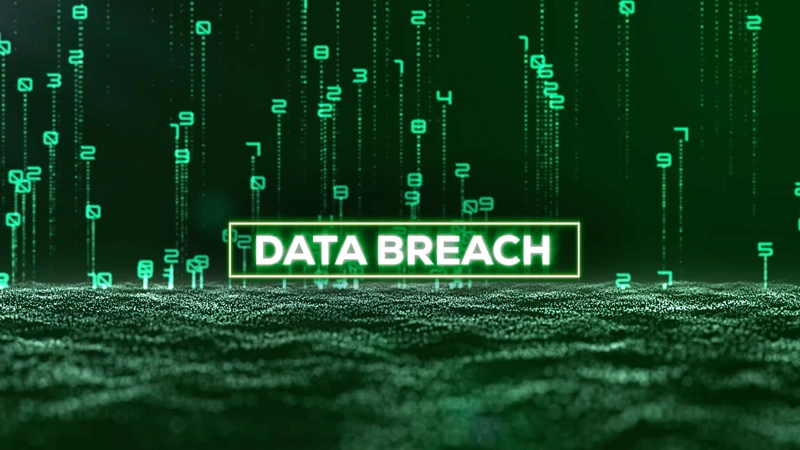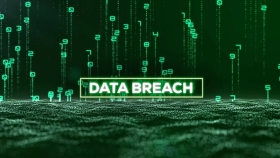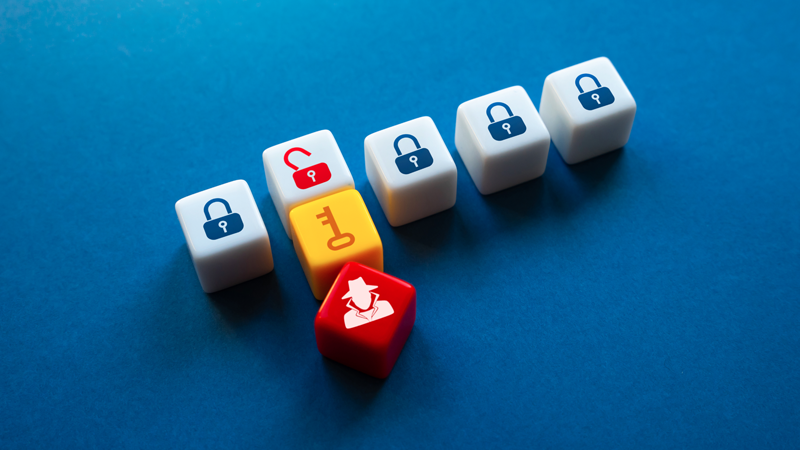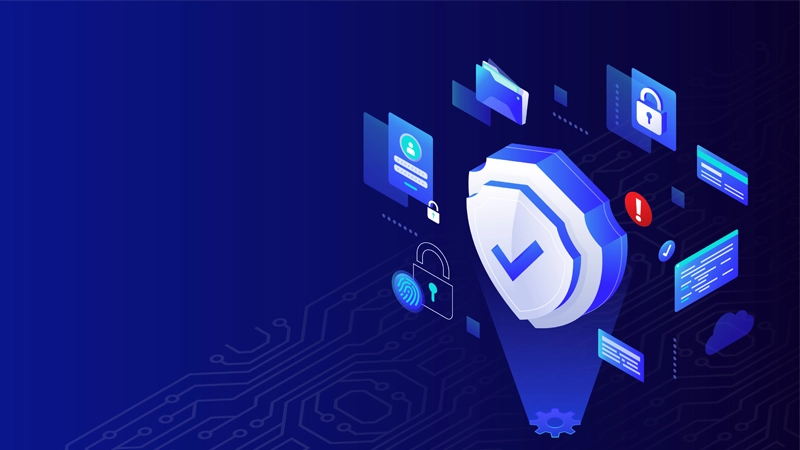The Illusion of Security: Why End-to-End Encryption Is the Gold Standard

Lessons learned from behind the curtain
There’s a war going on in the digital underworld—a silent, invisible war fought not with bullets or bombs, but with keys, ciphers, and the cold, unblinking logic of machines. And if you think your files are safe just because someone slapped a lock icon on your screen, you’re already losing.
Let’s get one thing straight: not all encryption is created equal. There’s encryption that protects you, and there’s encryption that protects them—the platforms, the middlemen, the data brokers in tailored suits who swear they’d never peek at your files… unless, of course, they had to.
The Mirage of Encryption at Rest
Encryption at rest sounds comforting, like a warm blanket over your data. But don’t be fooled. It’s a security measure primarily designed to protect data when a device is powered down, idle, or physically compromised—say, by a hacker who gains access to your hardware. It’s not built to protect you from the people who run the system itself.
If the platform can decrypt your files to show them to you in a browser, guess what? They can decrypt them anytime they want. That’s not privacy. That’s a velvet rope around a vault they still have the keys to.
The Puppet Strings of Managed Encryption
Then there’s the so-called “managed encryption”—a polite euphemism for “we hold the keys, but trust us.” It’s like giving your house keys to a stranger and hoping they don’t throw a party while you’re out of town. Sure, it’s convenient. But convenience often comes at the cost of control. In a world of legal demands, insider threats, and potential administrative overreach, relying on managed encryption can introduce significant risk to your data’s confidentiality.
End-to-End Encryption
Now we’re talking. True end-to-end encryption is the digital equivalent of whispering in someone’s ear in a crowded room. No one else hears it. Not the platform. Not the network. Not the NSA agent two floors down. Just you and the person you’re sending it to.
The keys? You hold them. The data? Encrypted before it ever leaves your device and decrypted only when it reaches its final destination. No middlemen. No backdoors. No excuses.
In a world where trust is a currency long since devalued, that kind of integrity is worth its weight in gold.
The Bottom Line
If your encryption strategy relies on trusting someone else to keep your secrets, you’re not secure—you’re just outsourcing your paranoia. And in this digital jungle, it’s survival.










